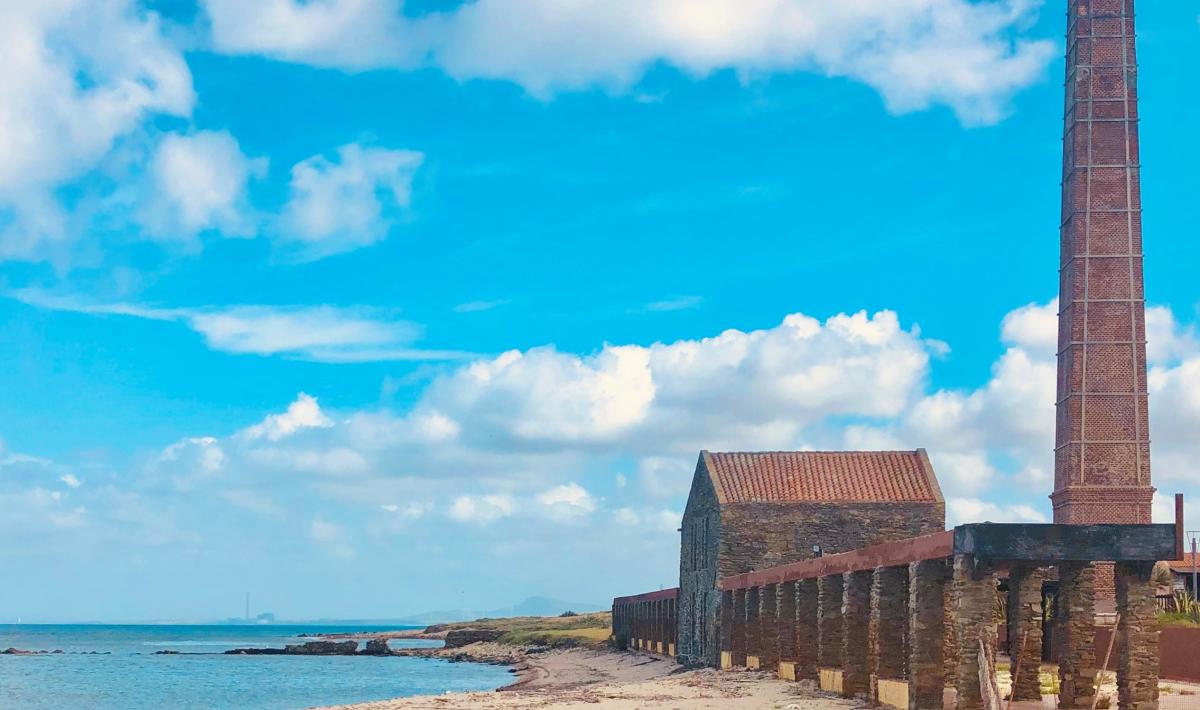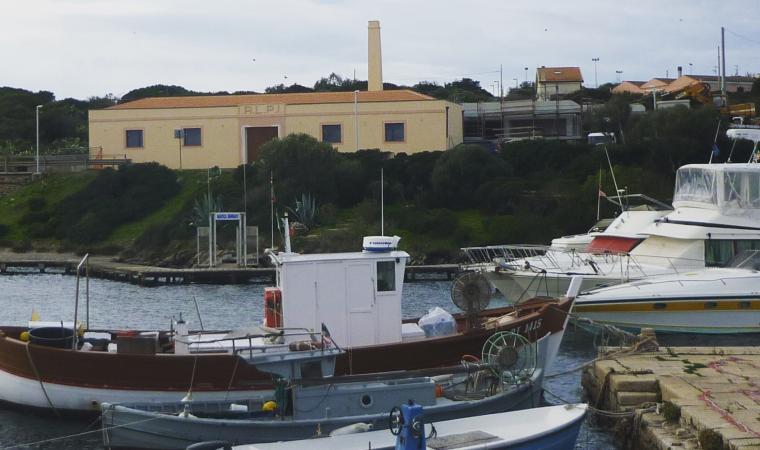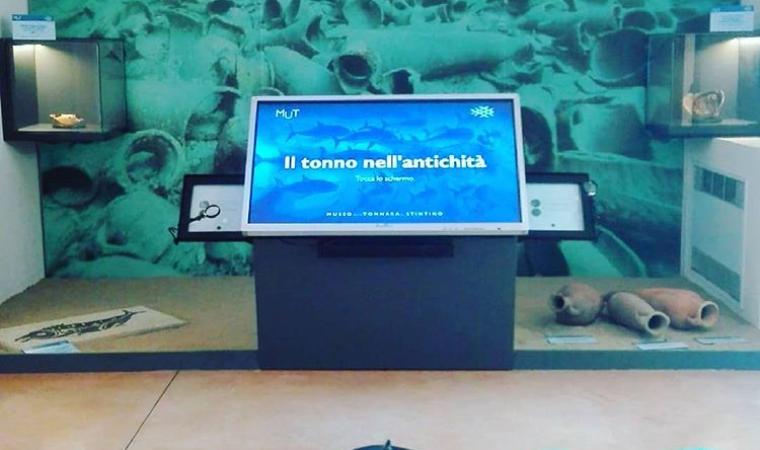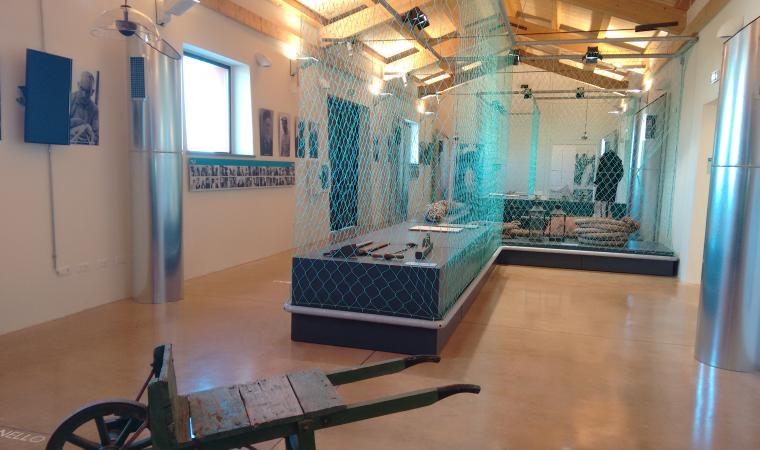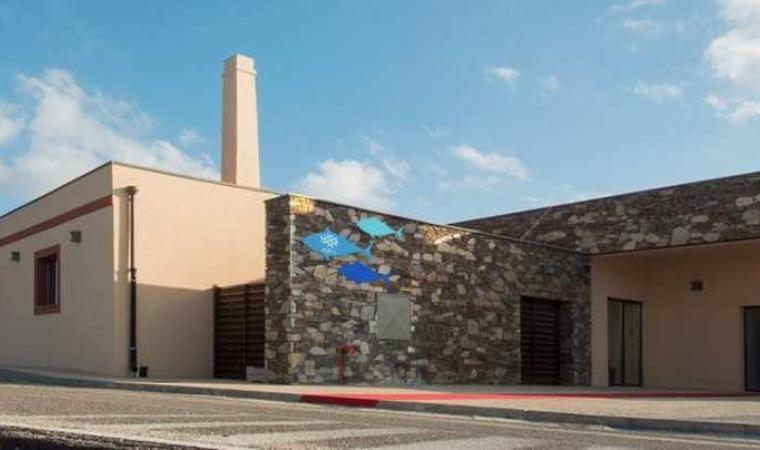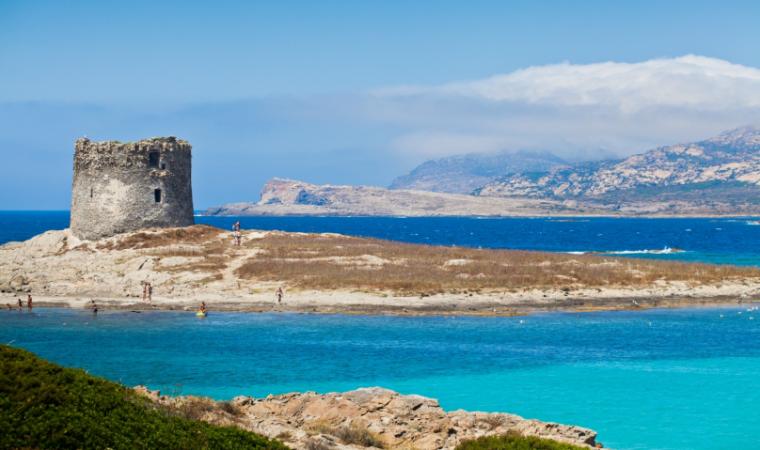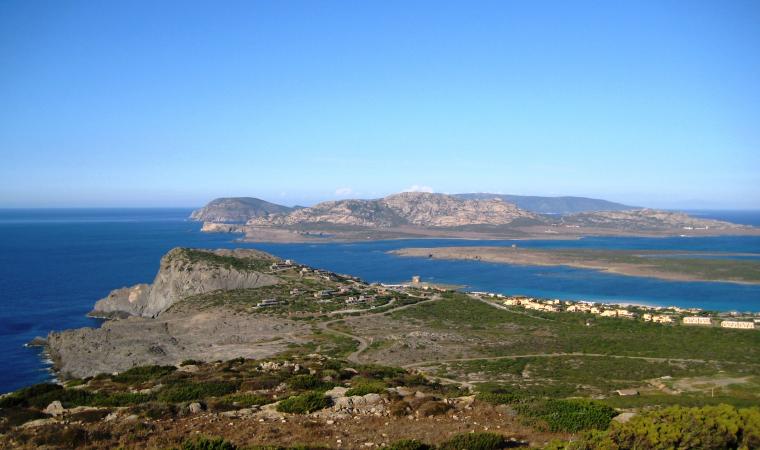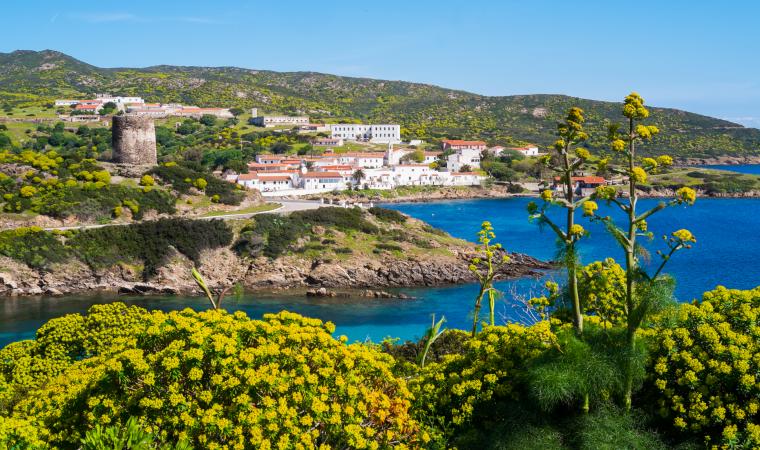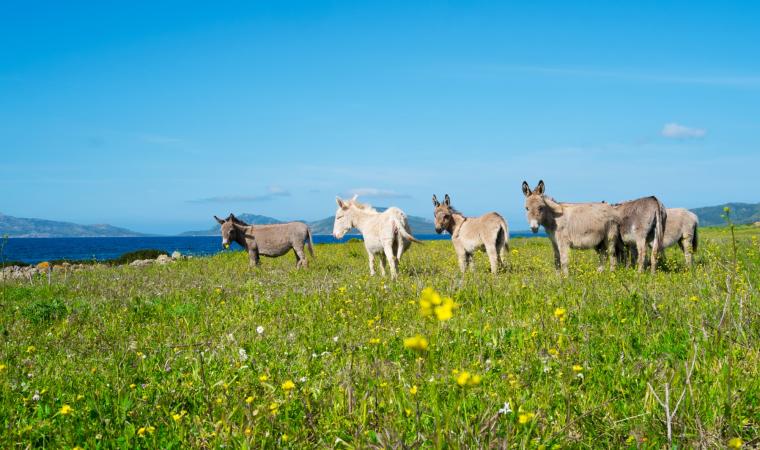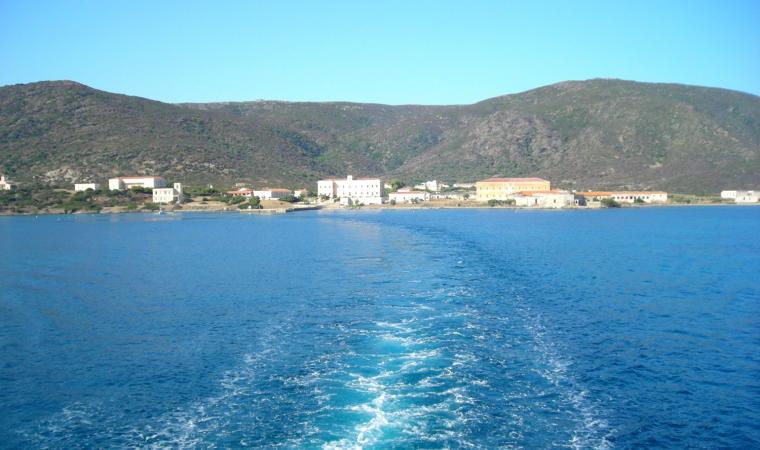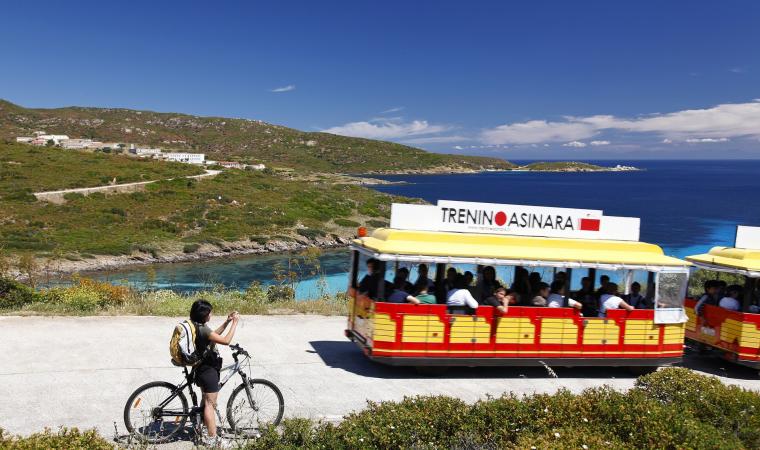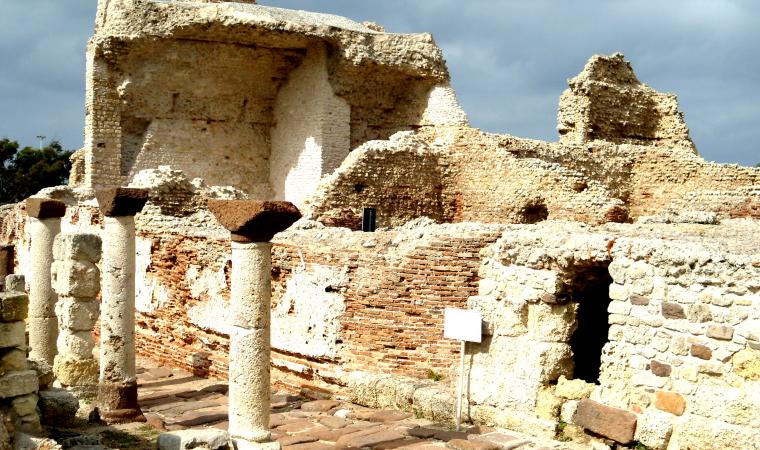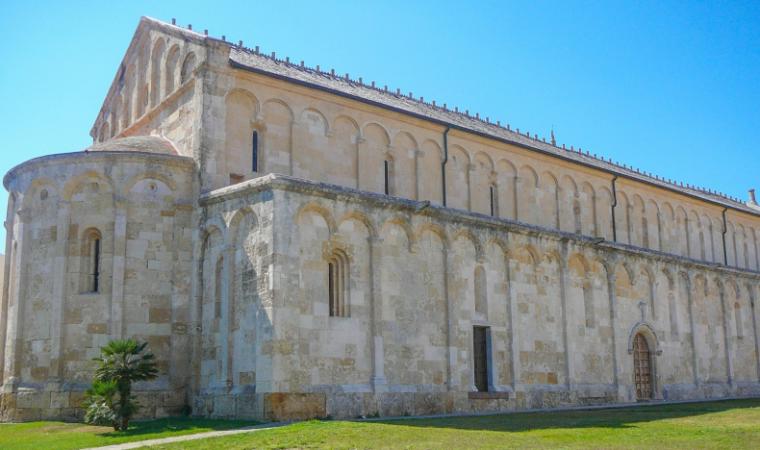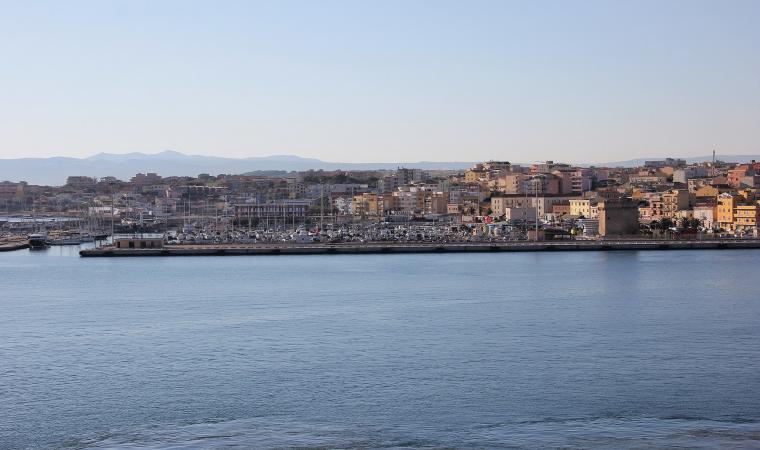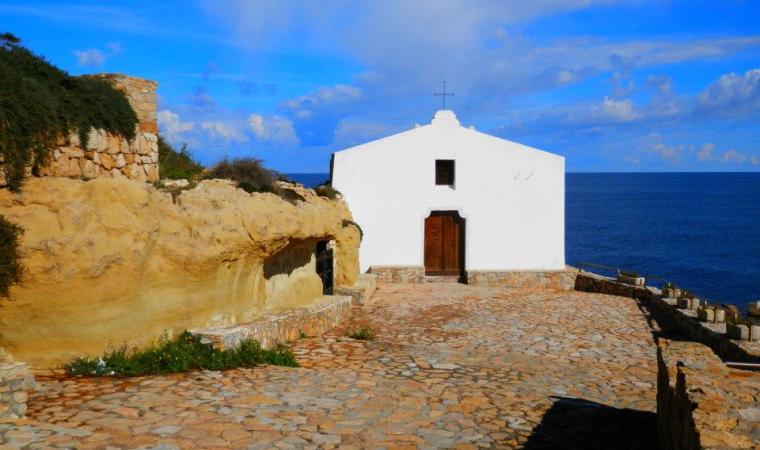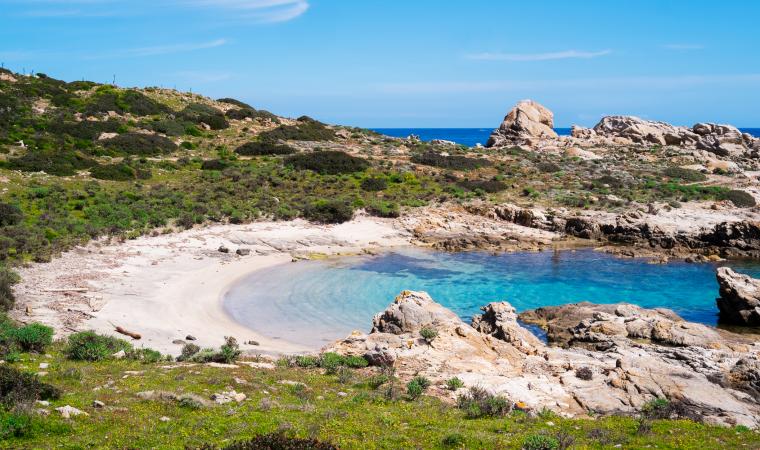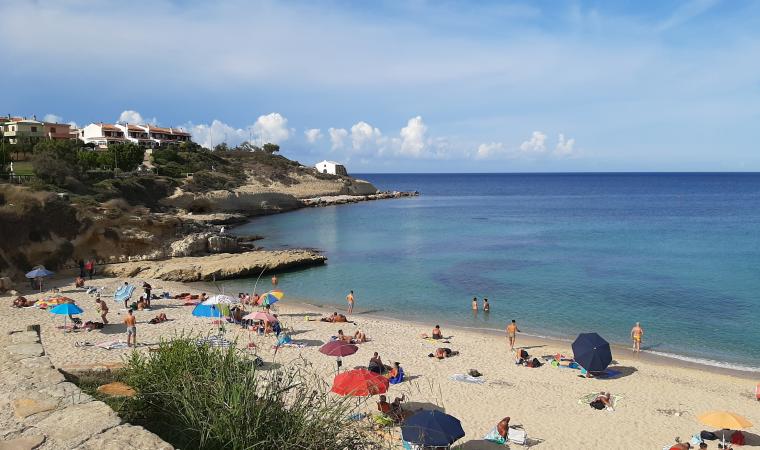Sardinia is also a fishermen’s island. Above all, Stintino, a maritime village set in one of the most stunning landscapes in the northwestern part of the island, features not only one of the most beautiful beaches in Europe, La Pelosa, but also the classic wooden lateen sail ‘gozzi’ fishing boats. For decades, until after the advent of the ‘development of tourism’, starting in 1885, the year the village was founded by 45 families of Ligurian origin from the village of Cala d’Oliva on the island of Asinara, the life of its inhabitants was marked by fishing, particularly tuna fishing.
One of the rare historical Sardinian tuna fisheries has existed near the town for about a century, while inside the town, it is commemorated by the Tonnara (tuna fishery) Museum, not surprisingly named ‘Commemoration of the memory’. It was built in 1995 and its exterior is identical to one of the typical low houses in the village. When entering, however, you will feel as if you are diving into the deep blue sea of the Stintino coast. Its set-up revolves around a tuna fishery rebuilt to scale (one to 200), very similar to the ancient ones. In the six chambers, you can relive the frenetic and vain attempts of the fish to escape as they seek a way out through mesh in the long maze of nets. Inside the museum, you can retrace all the phases and the most intense moments of their capture and you can learn the history, anthropology and notions of the biology of tuna.
The story begins in the ‘great chamber’, where objects commonly used by the crew in the tuna fishery are on display. The tools are compared to those of other Italian and foreign regions. Inside, the historical ‘Tonnara Saline island’ has been accurately reproduced with a scale model. You can also admire models of the ‘barcarecci’ boats that made up the fleet. The second chamber is the ‘bordonarello’: your journey here will be a scientific and educational one based on the biology of tuna. A map shows the tuna routes in the Mediterranean while a special section allows you to learn the secrets used to preserve the tuna. When you get to the third chamber, the ‘bordonaro’, you can dive into the past by retracing the history of the tuna fisheries in the Gulf of Asinara, in particular that of the Saline in Stintino. Thanks to the fishermen’s diaries and historical documents, you can learn about the organisation of the tuna fishery in detail: the crew’s duties, at sea and on land, and the role of the rais, the fishing master. Going deeper into the ‘museum network’ you will come to the ‘bastardo’ chamber, where copies of ancient documents and images are on display. The second to last chamber is the ‘camera di ponente’ (western chamber), set up with period photographs and works by contemporary artists. The excursus ends in the ‘camera della morte’ (death chamber). Careful scenography, consisting of images, lights and sounds, will project you into the atmosphere of the ‘mattanza’ (tuna slaughter). On a screen, there are vintage and modern films on the ‘final act’ of the fishing. To appreciate all the aspects, a visit to the museum is particularly recommended in July, combined with the delights of the tuna festival.

